Dorgis are social, sprightly dogs with a loyal (and royal!) fan club. Learn what it takes to care for this bold, brainy, and beautiful mixed breed.
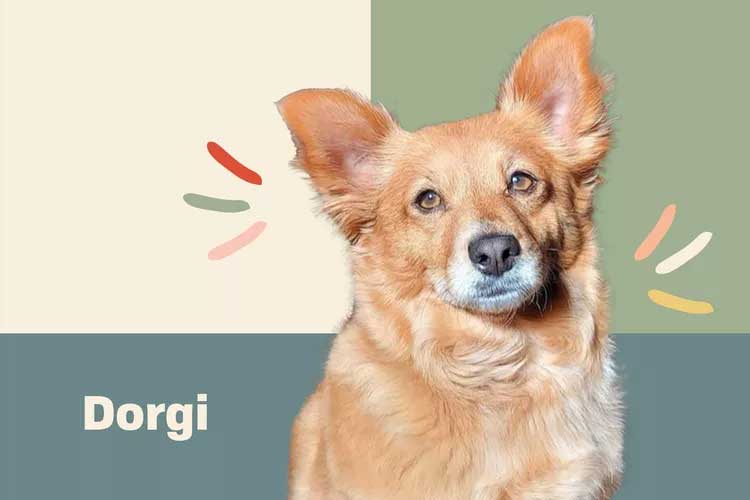
Dorgi Overview
| OFFICIAL NAME | Dorgi |
| COMMON NAME | Dorgi |
| PET HEIGHT | 9 to 12 inches |
| PET WEIGHT | 15 to 28 pounds |
| LIFESPAN | 12 to 15 years |
| GOOD WITH | children, families, seniors |
| TEMPERAMENT | friendly, outgoing, playful, willful |
| INTELLIGENCE | high |
| SHEDDING AMOUNT | normal |
| EXERCISE NEEDS | medium |
| ENERGY LEVEL | active |
| VOCAL LEVEL | frequent |
| DROOL AMOUNT | low |
| BREED GROUP | hybrid |
| BREED SIZE | small (0-25 lbs.) |
| COAT LENGTH | medium, short, wiry |
| COLORS | black, blue, brown / chocolate / liver, cream, fawn, red, white |
| PATTERNS | bicolor, black and tan, brindle, sable |
| OTHER TRAITS | apartment-friendly, easy to groom, high potential for weight gain, strong loyalty tendencies |
Arguably some of the finest things in life are portmanteaus—words that combine the sounds and meanings of two other words: brunch (breakfast and lunch), romcom (romantic and comedy), and cronut (croissant and donut). Let's add another: the dorgi—a loyal family dog who's smart, social, and whose popularity is on the rise.
A dorgi is the offspring of a dachshund and a Pembroke Welsh corgi. And while the breed has a decently famous fan (ahem, Queen Elizabeth II), it isn't recognized by the American Kennel Club (AKC).
"AKC registration is reserved for purebred dogs," explains Melissa Hatfield, MS, CBCC-KA, CDBC, owner of Loving Dogs in Fayetteville, Ark. "These dogs are bred so that their physical and personality traits meet a specific standard for the breed, so they are generally consistent and predictable." For example, she says you can reasonably expect a dog in the hound group to enjoy chasing objects and a dog in the herding group to guard animals in their environment.
"Though the dorgi doesn't have a breed standard, by combining two purebreds—the dachshund and the Pembroke Welsh corgi—you should expect to see a mixture of their physical and personality traits in their offspring," Hatfield says.
In general, the dachshund and corgi mix is a long dog with lovably stubby legs who thrives on physical and mental stimulation. Though short in stature, dorgis certainly aren't short on personality. Playful, energetic, and smart as a whip, they can be an excellent choice for active families and make loyal, loving companions.
Appearance
The dorgi gets his genes from two of the most easily recognizable dog breeds. Pembroke Welsh corgis have fox-like faces, upright ears, furry coats, and legs that look far too short for their long, stout bodies. (And don't forget about oh-so-adorable corgi butts!).Though smaller in size, dachshunds share a similar body shape with their corgi companions (there's a reason why they're affectionately referred to as "wiener dogs"). They have long, floppy ears and can have one of three different coat types: smooth, longhair, or wirehair.
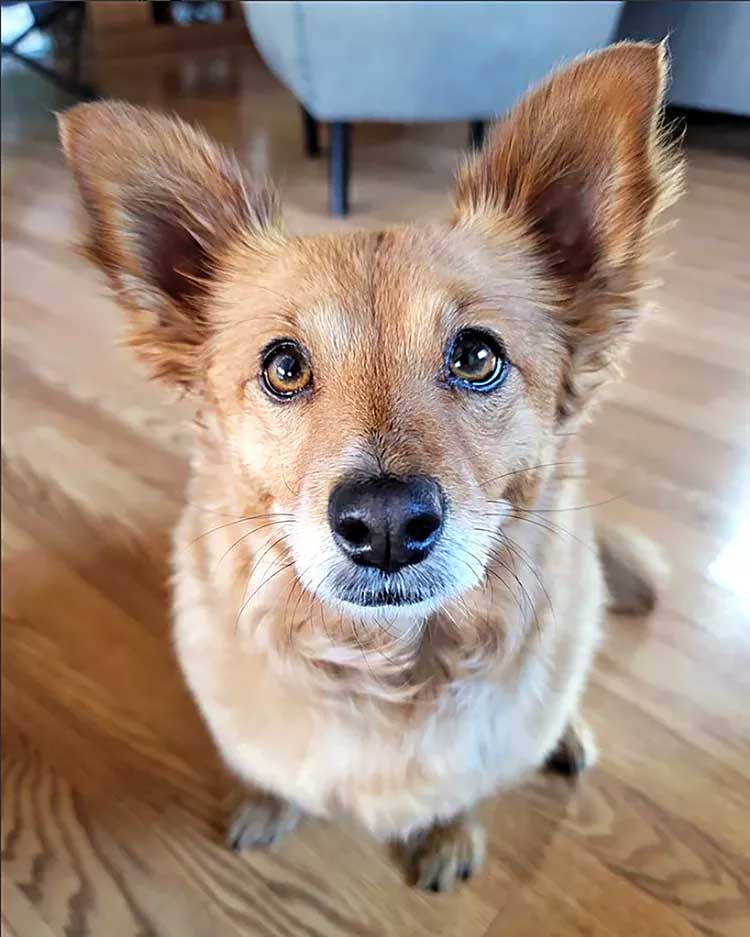
While it's difficult to generalize the breed's appearance due to the wide variety of possible combinations, the average dorgi is small (15–28 pounds and 9–12 inches tall) with a satisfyingly sausage-like body. Their ears tend to resemble those of their corgi parent, though they may flop like a dachshund, too. A dorgi dog's coat will reflect his parentage, which could be any of the three doxie coats. But in general, you can expect to see short- to medium-length fur that's wiry in texture and comes in a range of colors (typically a mix of black, brown, red, and white).
Temperament
"Because a herding dog (corgi) has been bred to a hunting dog (dachshund), we can expect to see strong instincts for either or both in the dorgi," Hatfield says. "This means an energetic, intelligent dog who will do well with games, lots of mental activity, and plenty of human interaction."In other words, dorgis may be shaped like potatoes, but don't expect them to behave like the kind you'd find on a couch. They are spirited, social, and can exhibit undesirable behavior if they don't receive enough physical (and brain!) play.
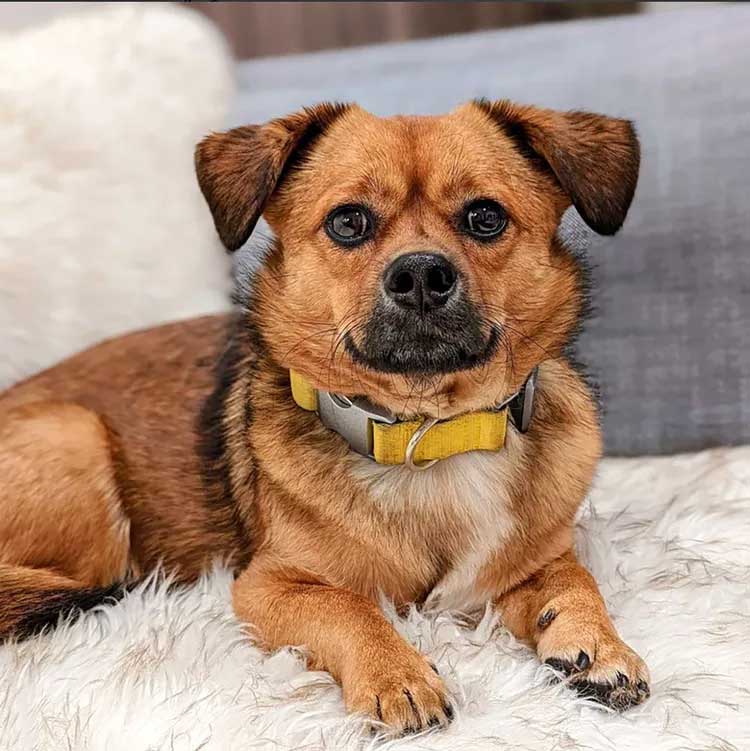
The dorgi's parents were bred to work, and the apple hasn't fallen far from the tree. "The instincts of chasing and running a scent are going to be strong in the dorgi," Hatfield says, "And both of the parent breeds have a tendency to bark." This means that dorgis might not be a particularly good choice for a family with small children; interactions will need to be supervised and children should be taught how to properly play with pets. But older kiddos could find the dorgi to be a great playmate.
Hatfield says running and barking after other dogs, squirrels, and small animals is likely with dorgis. "This behavior should be stopped early, as it's very self-rewarding for the dog and difficult to break," she explains. "It's an activity that fulfills his natural instincts!"
Living Needs
Dorgis are adaptable dogs who can flourish in a variety of settings. These walking sausages are small enough to do well in apartments, though it's worth noting they can be loud communicators who are likely to bark in the presence of strangers and unfamiliar animals. Both parents were bred to work alongside their humans, so whether a dorgi's setting is small and urban or sprawling and rural, he will need lots of human interaction and opportunities to stretch his legs and mind.Hatfield says dorgis are most likely to thrive with the companionship of older children and adults who can appreciate and meet the needs of these loyal, affectionate, high-energy dogs. Lonely, bored dorgis may find an unpleasant outlet to keep themselves busy, such as chewing or barking. Dorgis should never be left alone for extended periods of time, especially without interactive toys to keep them busy.
Care
As with any breed, early socialization is a crucial part of raising a well-adjusted dorgi. Hatfield explains that all dogs, regardless of breed, experience the same developmental stages.From birth to around 16 weeks of age is called the "critical period," and according to Hatfield, it's imperative that puppies get plenty of environmental enrichment and contact with both two- and four-legged friends during this time. "I like to encourage a 'one-a-day' enrichment plan," she says. "Plan one new activity or outing a day, and you should end up with a well-socialized dog and an excellent lifelong companion. Puppy classes, playdates, and obedience classes are excellent next steps after your dog matures past the 16-week mark."
Both corgis and dachshunds are often described as willful, but that doesn't necessarily mean dorgi puppies will be difficult to train. Training will, however, take diligence and patience. "The challenge might come with getting a reliable recall (getting your dog to respond when you call his name), because once involved in a chase, the dog could become more focused on his job than responding to you," Hatfield says. "Teaching a dorgi to recall early in the chase sequence (before they become too aroused) could save his life."
There are other ways to satisfy the dorgi's natural instincts to chase and doing so will be important for both you and your pet.
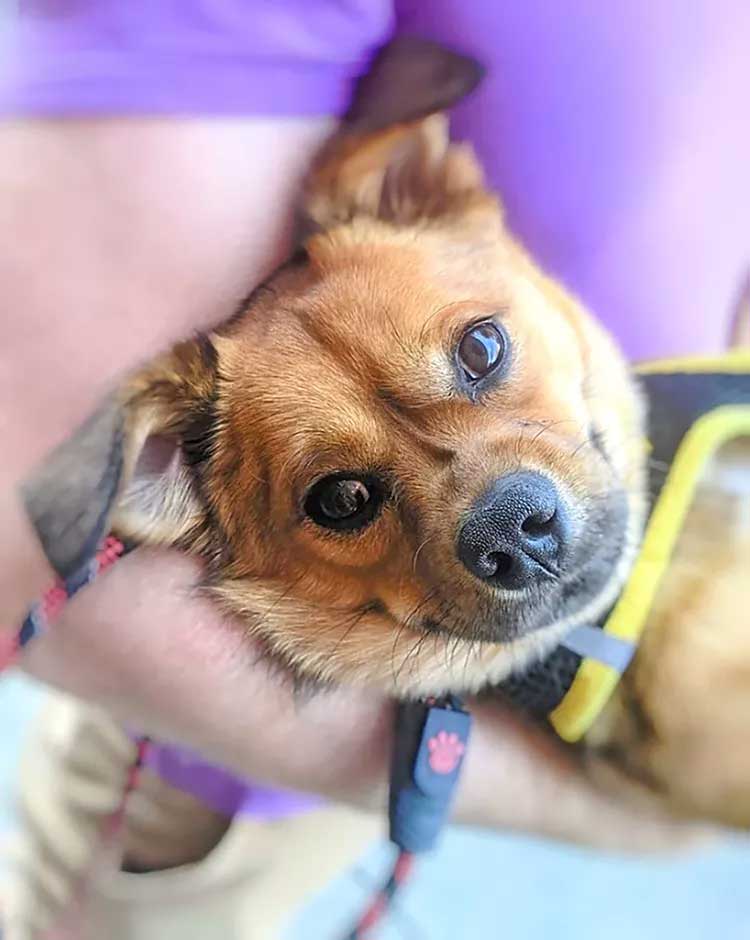
"Since both parents are highly intelligent and visually oriented to quick movement, dorgis should respond especially well to ball and mental enrichment games," she adds. Hatfield recommends trying hide-and-seek, which can be played inside or outside. "The human hides, and the dog seeks when given the 'come' command," she explains. "Be sure to treat him once he finds you!"
Finding your dog's motivation is a key part of training and play and will be unique to your dog. "Pet parents commonly assume that their dog should like a particular treat, and when they don't respond, the dog is labeled as 'unmotivated,'" Hatfield says. "But if at first you don't succeed with what you think would be rewarding, keep trying! Some just prefer a pat on the head or their favorite squeaky toy."
A dorgi's grooming needs are in part determined by the type of coat he inherits from his parents, but you can generally expect to provide a weekly brushing. If your dorgi's ears are floppy, it will be especially important for you to regularly check them to keep infections at bay. But there's no need to regularly clean your dog's ears if they aren't actually dirty. His nails should be trimmed short, and he'll need a bath every so often to keep him smelling his best.
Health
Dorgis are relatively healthy dogs who can live up to 15 years. However, they may inherit some of the health problems common to their parents:Obesity: Both of the dorgi's parents are prone to weight gain. And while a large gut is sometimes seen as a cuteness enhancer, it's bad for your buddy's health. Be sure to talk to your veterinarian about your pet's weight. They can advise you on matters of nutrition and exercise, and they'll teach you how to monitor your dorgi's weight at home.
Intervertebral disc disease: Short dogs with long bodies (both corgis and dachshunds) are at risk for intervertebral disc disease (IVDD), in which one or more of the jelly-like discs between a dog's vertebrae slips or ruptures. This can be caused simply by old age or by an injury. While you can't necessarily prevent IVDD, you can talk to your veterinarian about exercises that would strengthen your dog's core—a strength that will help his recovery if he ever develops the condition.
Hip and elbow dysplasia: Both corgis and dachshunds are predisposed to hip dysplasia and elbow dysplasia, developmental conditions in which the joints are deformed and loose, leading to pain, mobility problems, and osteoarthritis. Though the signs of hip and elbow dysplasia often don't appear until the dog is older, you can screen your dorgi for the condition at a young age with X-rays. These radiographs can help your vet determine how likely it is that your dog will have problems in the future and whether you should consider early surgical intervention.
Degenerative myelopathy: Pembroke Welsh corgis are particularly susceptible to degenerative myelopathy, a progressive, incurable disease of the spinal cord that's similar to amyotrophic lateral sclerosis (ALS) in humans. According to the Merck Veterinary Manual, it's caused by a gene mutation and typically affects dogs 8 years or older.
History
The story of the dorgi begins with the Pembroke Welsh corgi. According to the Pembroke Welsh Corgi Club of America, the breed's ancestry dates back to at least the 10th century, though it isn't known whether they're descendants of the Swedish vallhund (a dog connected to the Vikings) or of schipperkes and Pomeranians that made the trek to Wales with their Flemish masters.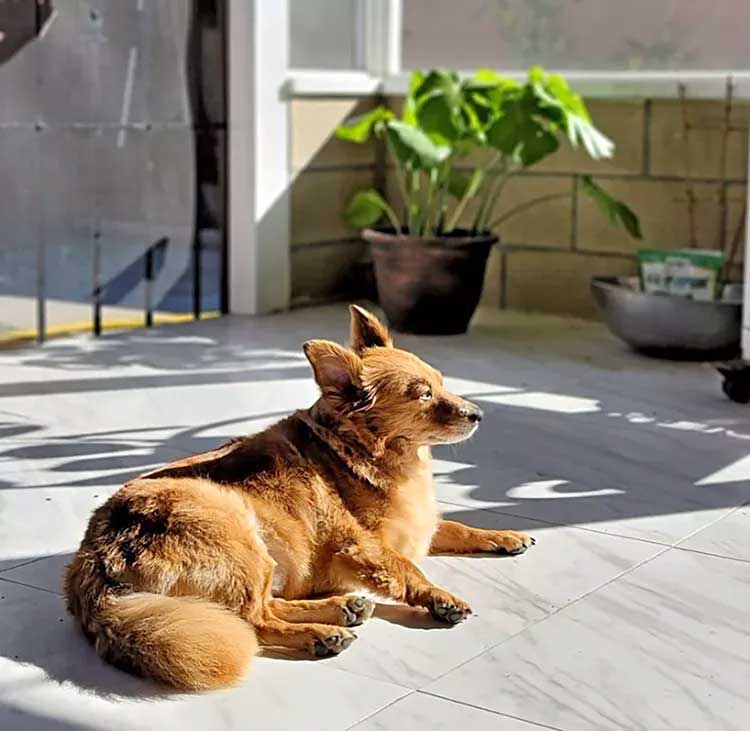
Regardless, the Pembroke Welsh corgi eventually emerged as the ideal cattle-herding dog. Their bodies are small to stay out of the way of stamping hooves, powerful enough to keep up with their duties, and hearty enough to be able to work in all types of weather conditions.
The Pembroke Welsh corgi was recognized by the AKC as a distinct breed from the Cardigan Welsh corgi in 1934, but its rise in popularity was set in motion a year prior, when a Pembroke named Dookie joined Queen Elizabeth II's family. She has owned more than 30 corgis in her lifetime.
Dachshund is German for "badger dog," and the breed was originally developed to live up to its name. According to the AKC, 18th-century hunters and foresters in Germany began breeding a dog physically and mentally built for pursuing badgers underground. The resulting dog is small enough to fit in badger holes, with legs that are able to dig and push soil out of the way, and a long rib cage that protects internal organs from anything sharp encountered while digging. The doxie's large teeth and courageous personality were designed for badger brawls. By the 19th century, the breed started spending more time as trained house pets than trained killers, though it's not uncommon for them to still hunt in Europe.
Finally, we come to the dorgi, whose exact beginnings are a bit hazy. However, there are some who credit Queen Elizabeth II with their creation. As the story goes, one of Princess Margaret's dogs, a dachshund named Pipkin, mated with one of her sister's corgis, and voila—the dorgi was born! In all likelihood, the first dorgi was likely the result of an accident and never made the news, but there's no denying that the Queen has played an unprecedented role in raising the wee dog to great heights.
Fun Facts
In early 2021, Queen Elizabeth welcomed two new dorgi puppies that were reportedly a gift from her son Andrew. She named one Fergus, after her uncle Fergus Bowes-Lyon who died during World War I, and the other Muick (pronounced "Mick"), after Loch Muick on her Balmoral Estate in Scotland. Sadly, Fergus passed away at only five months old.You can find several dorgis to follow on Instagram. Following @rosiethedorgi, @picklesthedorgi, and @miloteeniethedorgi will make your feed even cuter.